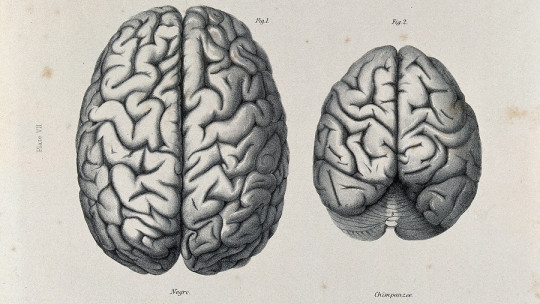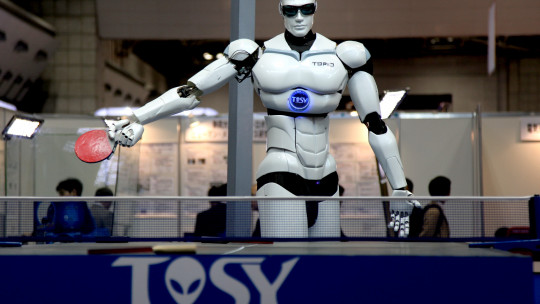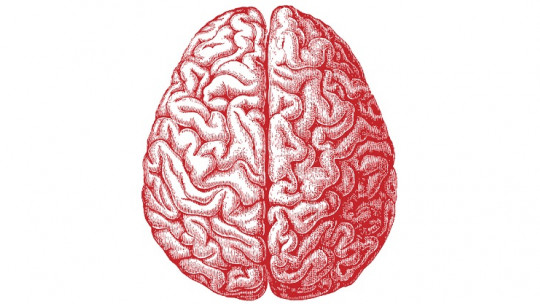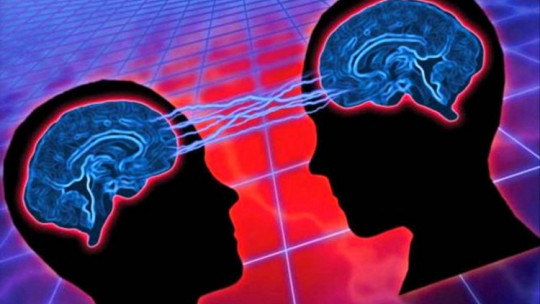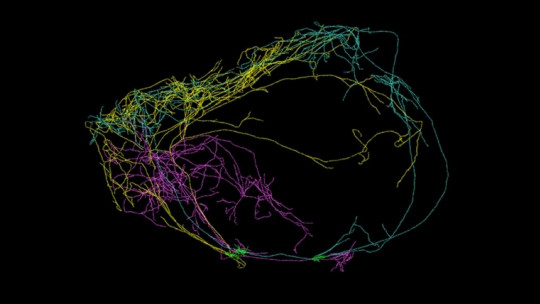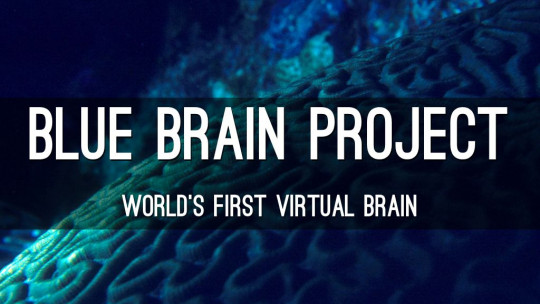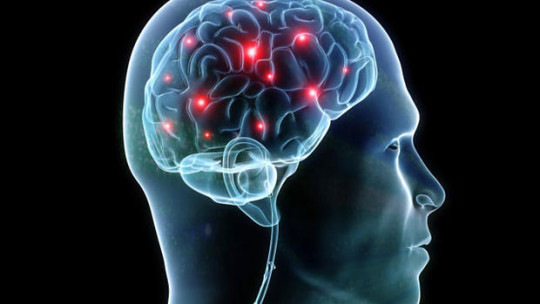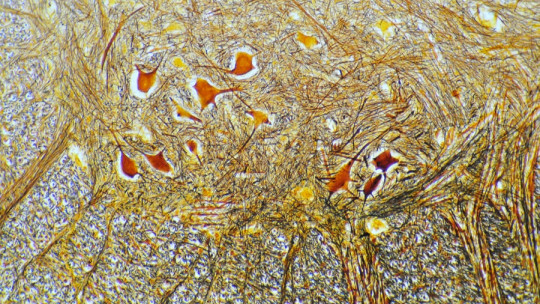Science advances so quickly that we can now imagine scenarios that previously belonged only to fiction.
One of them is that of to create a brain in the laboratory and make it conscious But is this possible? What repercussions would she have? Could we consider it a living entity? With the following paragraphs we will try to reflect on the answers to these interesting questions.
Can we create brains with consciousness in a laboratory context?
The great science fiction authors, such as Isaac Asimov, Arthur C. Clarke or Philip K. Dick, have been fantasizing about different forms of creating artificial life for many decades. Today, those scenarios that seemed so implausible are increasingly closer to the possibilities of modern science. These approaches lead us to ask ourselves one of the most disturbing questions: can we create laboratory brains with consciousness?
In order to resolve this question, we must first know the exact situation in which the investigations of the fields of knowledge involved in the question are found. To begin with, biologically, is it possible to create a brain in a laboratory? The answer is yes and no. This ambiguity is due to the fact that what has been created (and in fact is done regularly) are not brains like the ones we imagine, human-sized, but rather small brain organoids.
These organoids are generated using stem cells and are smaller in size than a grain of rice Researcher Alysson Muotri grows them in his laboratory at the University of California and carries out all kinds of experiments with them to study the capabilities of these small groups of nerve cells. This scientist has been able to attach the organoids to small robots, has combined them with Neanderthal DNA and has even achieved observations in microgravity, uploading samples to the International Space Station.
His experiments do not stop there. On the path to knowing if we can create laboratory brains with consciousness, Muotri has studied the possibilities of bringing these organoids closer to artificial intelligence prototypes. Even in times of pandemic, she has looked for a way to experiment with them and test various drugs to find an effective treatment for COVID-19.
Other research on organoids, in this case carried out by a team from the University of Cambridge led by Dr Madeleine Lancaster, revealed the ability of these elements to attach to other organs in order to emulate brain functions The experiments were carried out with rats, who had organoids implanted between their brain and various muscle groups.
The researchers verified that, as anticipated, the organoids were capable of contracting muscles, transmitting electrical activity for the function in which they were involved. His theory, therefore, was that the organoids did not necessarily have to act as the cerebral cortex, but could adapt to other types of brain structures.
Sentient organoids?
Once we know what organoids are, we can once again ask ourselves the question of whether we can create laboratory brains with consciousness. Alysson Muotri precisely asked this same question following another experiment in which his team detected a series of waves in these organoids. Its similarity to those observed in the brains of premature babies was disturbing to say the least.
These were not random electrical impulses, but there were indications that this activity followed patterns and was somehow controlled This marked the beginning of a series of reflections by the researchers, since the perspective of the experiments changed substantially. It was not the same to manipulate and discard at will a group of practically inert cells as a small nervous conglomerate that could be the beginning of a human brain.
Muotri and his team questioned whether it was ethical to continue developing the organoids to that level of complexity if there was a possibility that they could harbor a form of primitive consciousness. If this were so, should they automatically be granted a series of rights that the other study elements did not have? Should they be treated as human beings in any of their forms?
The philosophical and ethical questions raised by the question were so overwhelming that the decision made by the laboratory was to stop the experiment since the implications of the mere possibility of having created a conscious brain far exceeded the limits that researchers were not willing to cross with such work.
Therefore, in answering the question of whether we can create laboratory brains with consciousness, we could have indications that the answer is yes, although the repercussions that this would have, at many levels, are so complex that the decision has not yet been made. determination to continue that line of research to verify it.
Brains without bodies
Beyond the creation of brains in the laboratory, There are precedents in which the viability of keeping an animal brain alive separate from the rest of the organism has been proven , in this case using pigs to verify it. It was the experiment carried out at Yale University, directed by Nenad Sestan.
The procedure was to collect the brains of several pigs that had been slaughtered in a slaughterhouse and immerse these organs in a cocktail of blood and chemicals and other elements that simulated the functioning of a living body. The results were truly disturbing, since although it could not be demonstrated that there was consciousness, neuronal activity was recorded.
This other experiment opens the doors of research and scenarios just as amazing as the previous one, since we would be talking about the possibility of keeping a brain alive outside of a body and who knows if perhaps in the future we will have the ability to connect it to a synthetic body. Concepts such as resuscitation or even eternal life would seem less distant.
Obviously These are approaches that border on science fiction and all these hypotheses must be handled with great care without losing contact with reality and taking into account the limitations that exist at a scientific and technological level, which could perfectly well prove insurmountable in order to deal with concepts as complex as those we have mentioned.
On the other hand, and returning to the conflicts that arose in the case of organoids and the question of whether we can create laboratory brains with consciousness, The fact of “resurrecting” a brain involves a series of debates on a moral and philosophical level which could delay or even prohibit any experiment aimed at checking whether this action is possible. Therefore, we may never have an answer about its viability.
The great dilemma
Returning to the question at hand, whether we can create laboratory brains with consciousness, an important dilemma arises that we already anticipated when we talked about organoids. The question is to clarify what should weigh more when deciding whether to go further in this type of research and try to get something closer to a conscious brain.
On the one hand we could decide to try to achieve this, arguing, for example, that they could be used to test treatments for a whole series of diseases that affect human beings and that would otherwise involve a more expensive or riskier procedure, by be done directly in people.
But on the other hand, one could wonder if these brains created in the laboratory should not have a series of rules and protections that prevent them from suffering any harm or harm, as if they were an animal or even a human being. It would be necessary to define the lines that separate another element of study and an entity with consciousness that must be preserved at all costs.
In any case, the very fact of verifying the consciousness of this hypothetical advanced organoid would also be a difficult question to resolve, since to date, beyond the mere electrical activity detected, there is no methodology that guarantees the detection of this consciousness. In fact, It is such a complex concept that it is difficult to establish the requirements that affirm that a being is conscious
The University of California in San Diego itself held a symposium in 2019 with the aim of experts in philosophy and neuroscience trying to pool their knowledge in order to get closer to a consensus on what consciousness is and what implications we should understand. consider to establish that an entity is conscious. Of course, the debate is so complex that it continues to be the subject of study and will be for a long time.

